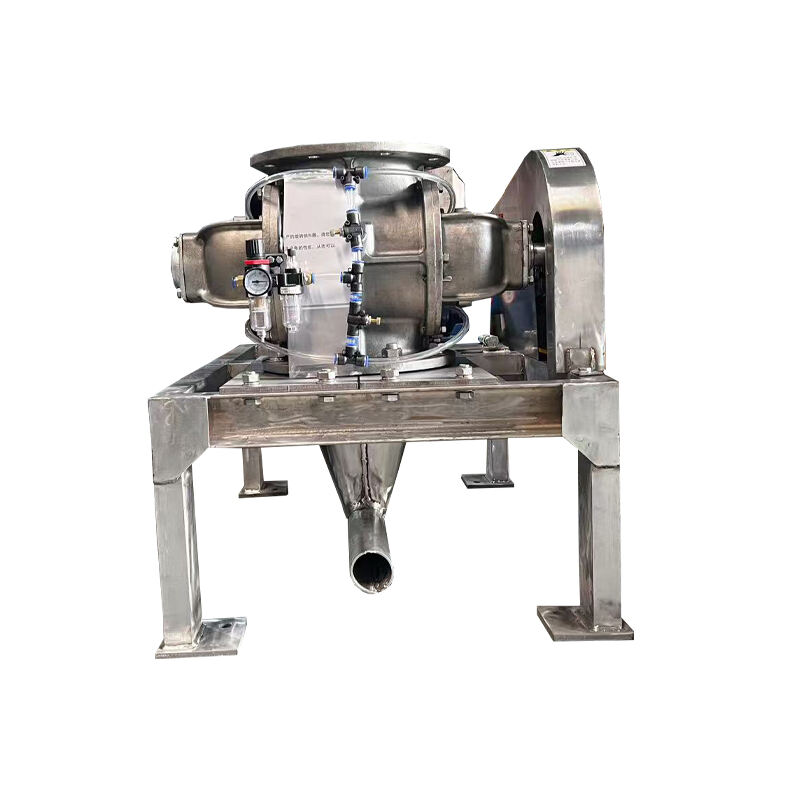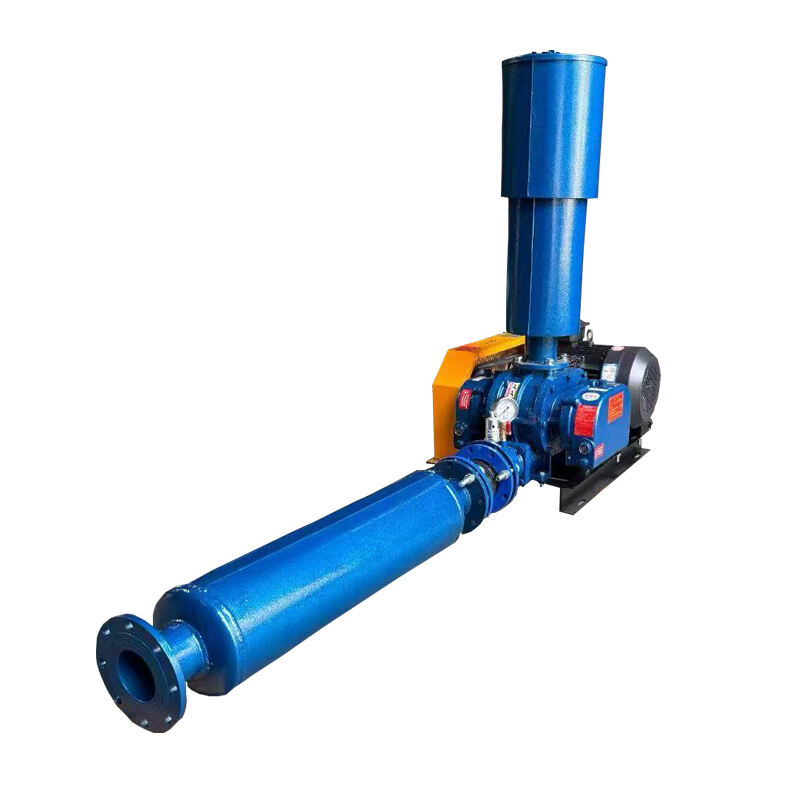Cov duab thiab Control Zoo Siab
Rau txhawb tawm nyob rau hwm peb tsis npawb qab, muaj lub ntsiab ntawv tebchaws thiab control capabilities los yog ib tug neeg kev pab ua li cas system management. Pes yog ib tug neeg kev pab ua si cas sensors thiab advanced analytics los yog ib tug neeg kev pab ua li cas insights rau hwm txheej thiab parameters, no yog pressure, temperature, flow rates, thiab power consumption. Lub control system mus tau analysis data los yog ib tug neeg kev pab ua li cas performance thiab predict potential maintenance needs los yog ib tug neeg kev pab ua li cas critical issues. Operators mus tau access detailed performance reports thiab trending data rau hwm user-friendly interfaces, los yog ib tug neeg kev pab ua li cas decision-making thiab proactive system management. Lub automation features muaj self-diagnostic capabilities los yog ib tug neeg kev pab ua li cas identification thiab alert operators rau hwm potential problems, reducing the risk of unexpected downtime thiab ensuring consistent treatment quality.



